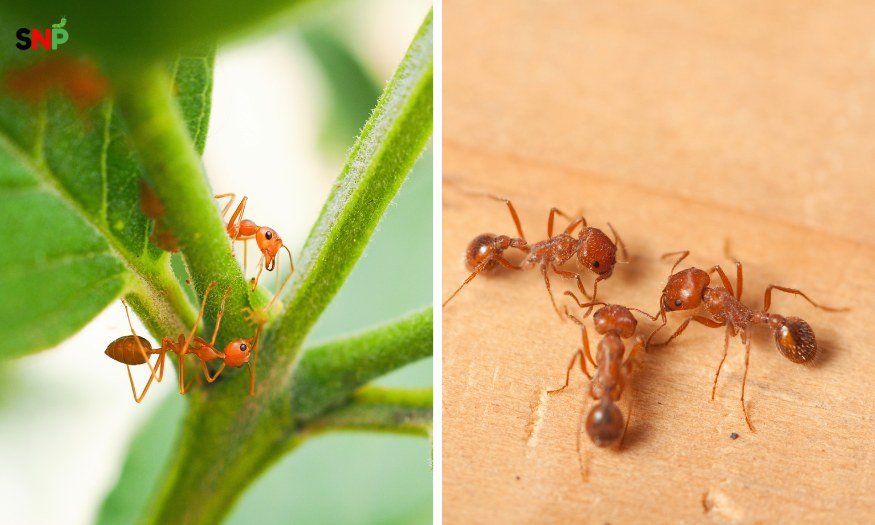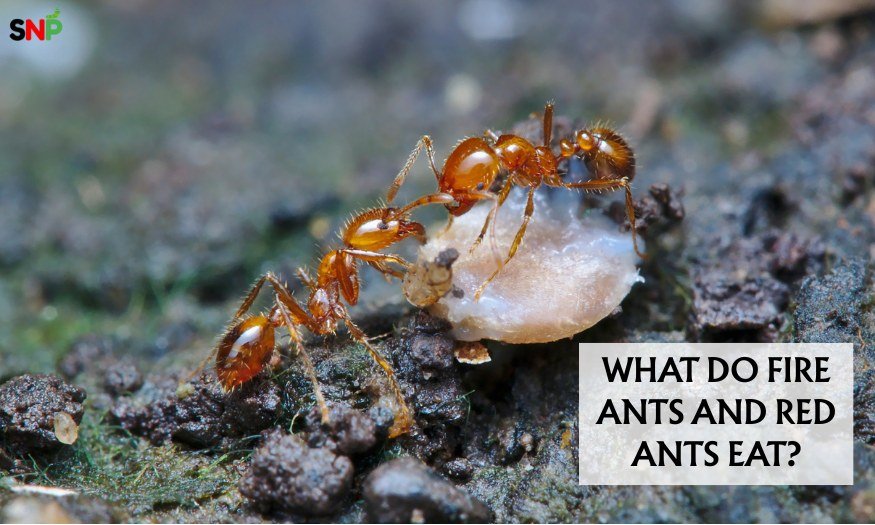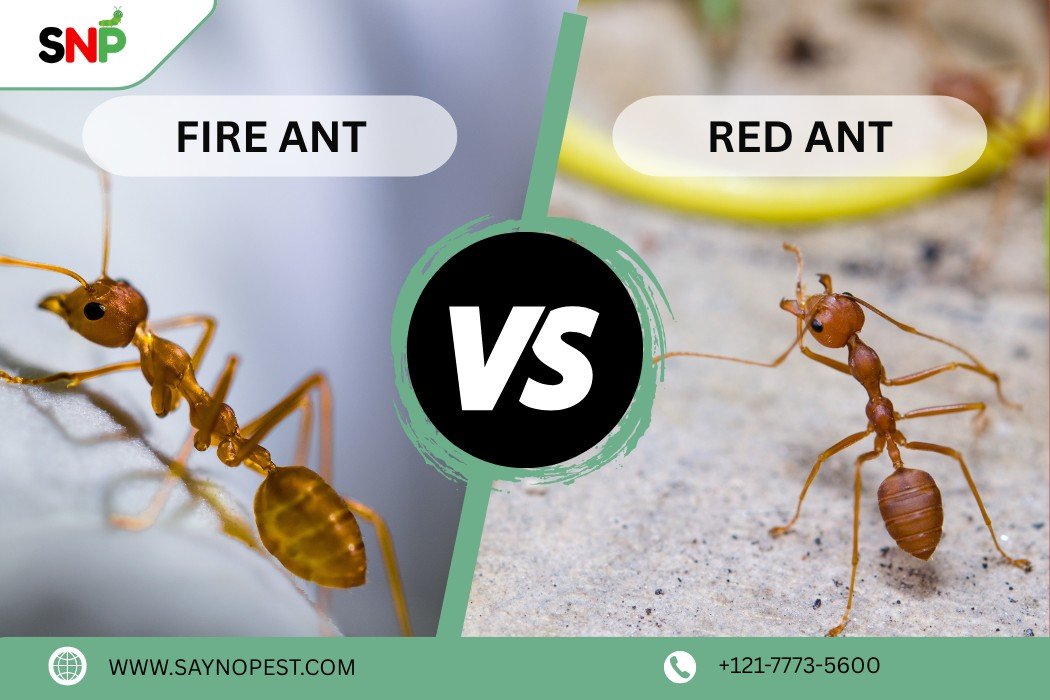What if, one day, you spot little red insects in your yard? Your mind goes dizzy with questions like what are these insects? Are they deadly fire ants, or are they just harmless red ants? Almost every American homeowner is in a dilemma because of this question. Knowing the major differences of fire ants vs red ants can be an assurance of your family’s safety.
However, most of the people mistakenly identify the red ants as being dangerous insect just because of their red bodies. The problem with this is that they are not aware of the potential hazards until something worse happens.
Size
Fire ants vs red ants size issue really is a piece of cake. Fire ants are 1/8 to 1/4 inches long while red ants are bigger in size.
The truth is that different ants in the same community differ significantly in size. A colony of fire ants may consist of some worker ants that are as short as 1/16 inch, and some others almost 1/4 inch long. On the other hand, red ants are more uniform when it comes to size.
Appearance: Fire ants vs Red Ants

One of the most essential things to remember about the physical features that separate fire ants vs red ants is not just a size disadvantage.
- Fire ants have two petioles (small bumps that are connecting the thorax to the abdomen). Red ants, on the other hand, have a single petiole in the same body region.
- Another most important feature is their antenna’s structure. While the fire ants have 11-segmented antennae with the club made with 2 segments, the red ants have 10-segmented antennae with a similar club part but bigger and bolder than the fire ants.
- The shape of the head of the red harvester worker ants is more contrasting, and it sometimes resembles a square head.
What Do Fire Ants and Red Ants Eat?
Food preference is the major behavior difference between fire ants and red ants as indicated by a variety of food sources from which they can choose.
Fire ants are omnivorous. They eat both plant and animal matter. They get their food from insects, earthworms, spiders, seeds, nectar, fruits, and even small vertebrates. In addition, these pests feed on dead animals, and at any time, they can be seen seeking out protein sources. Fire ants are hunters and tend to eat whatever they can find. They are able to eat both liquids and solids, but only adult ants rely on larvae to break down solid foods.
Red harvester ants are also called seed collectors as they gather and store seeds. Red ants usually collect seeds at certain times of the year and tend to forage at regular times.
Color Differences
Color differences between these pests can help you tell a lot about fire ants vs red ants. Fire ants have red-brown heads and thoraxes, but their abdomens are usually darker and often black. The two-colored bodies of fire ants make their pattern easy to identify in most species. Red fire ants have a copper-brown color, but their backs are darker.
Their typical bright red to dark brown color is consistent throughout the body of red harvester ants. The two-colored patterns are confined to their respective species but may vary based on different environmental conditions.
While some fire ants are completely black, others, mainly the worker ants, have a mix of red-brown and black color. Unlike fire ants, red ants can have black spots, but they do not have the clear two-color appearance.
What to do for Red and Fire Ants in Your Yard?

The existence of fire ants and red ants in your yard means that you should make quick decisions using different strategies-
The fire ants are the most aggressive and destructive group of insects while they are also venomous and can cause painful stings. Without delay, call in a professional pest control team at once in case you find any fire ant mounds where children or pets usually play. Fire ants reacting to the slightest of disturbance come out in large numbers and are capable of causing severe reactions in people who are allergic to them.
If you want to control the fire ant infestation, do not use any DIY treatments that are not certified safe for use in the problem. The exterminators have baits and treatments that are made for professional use only and cannot be purchased by homeowners.
Fire ants moves inside your house when the weather gets too harsh outdoors. They come in search of food, water, and a place of shelter. Make sure to seal all the entry points around your house.
Red ant management usually requires less intensive measures to be taken since these species hardly ever sting humans.
Fire ants vs red ants treatment approaches differ significantly in urgency and methodology. In fact, red ants offer pest control benefits as they eat harmful insects and make the soil airy. Nevertheless, their painful stings near high-traffic areas demands professional removal.
The two ant types can be controlled by using bait systems as well. It is a good practice to check around your property constantly whether there are any fresh mounds, most especially after heavy rain when fire ants are prone to changes in terms of the location of their colonies.
Conclusion
To sum up- knowing the differences between Fire Ants vs Red Ants helps with better pest management. Fire ants are dangerous to health because they swarm and sting painfully. It should be handled by professionals. Red ants are not harmful and can help the environment in many ways. When you know the difference between fire ants and red ants, it helps in right decision making to deal with these pests.
